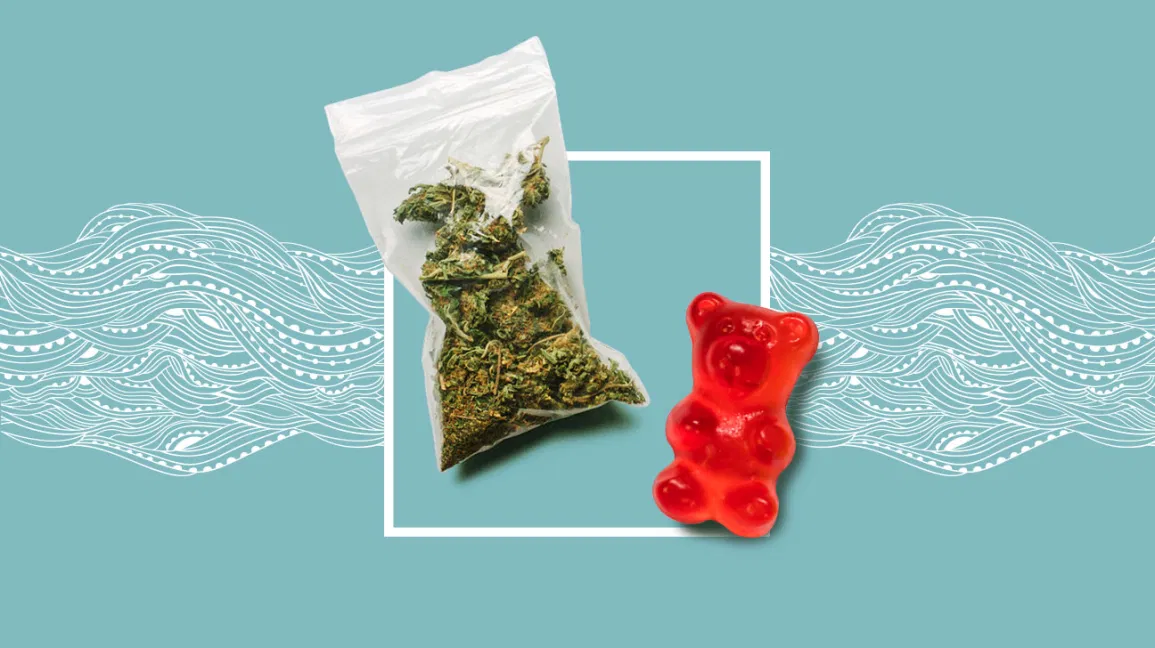Alcohol and drug addiction is something that affects millions worldwide in an adverse manner. According to the census, every year, alcohol is responsible for 5.3 percent of all fatalities globally (or 1 in every 20), and around 300 million people worldwide suffer from an alcohol consumption disorder.
If we talk about drugs, every day, over 130 Americans are killed by opioid overdose. With this, every year, around 30-40 million Americans use marijuana. The stats for addiction are concerning and disappointing.
The addiction to drugs, alcohol, and other substances targets teenagers and kids after puberty the most. In fact, every day, around 1,600 young individuals smoke their first cigarette. As of 2020, little under 2% of 8th graders had already tried cocaine. In 2020, about 1% of 8th graders had taken Crack.
More and more people become vulnerable to these addictions. Addiction might get started as something fun or something non-serious. But it’s usually late when the victim of addiction realizes this. But remember, it is never too late for someone to become sober and change their life around for the better.
With so many people trapped by alcoholism and drug addiction, it has become important to find a safe space for people who want to recover from this endless cycle of regret and repetition. And this is when SLHs come into action.
Sober Living Homes- SLHs
SLHs is short for Sober Living Homes. SLHs are also known as sober living environments and sober homes. SLHs are safe housing and supportive, organized living arrangements for those who have completed drug/addiction treatment programs. Many SLHs also accept people who are recovering from drug or alcohol addiction but have not yet completed a recovery program.
Using help, recognized rehabilitation methods, peer empowerment, and self-direction, residents may ensure their recovery and prepare to return home or live independently. People can acquire or maintain their sobriety in a drug- and alcohol-free atmosphere in sober living residences. The inmates of these residences must adhere to a set of norms and etiquette in order to maintain their recovery.
SLHs are frequently based on recovery strategies. Residents are usually required to submit to drug testing and establish their commitment to long-term recovery. Psychiatric nurses and qualified clinical social workers work in shifts at these institutions, providing residents with 24-hour supervision and coordinated rehabilitative care.
A living environment that is suitable for recovering patients is ensured in sober living homes. The first and foremost requirement to stay in these houses is sobriety. The patients should always remember that they’re not alone in this fight; there are many other people just like them fighting every day to better themselves to live a meaningful life for themselves and their loved ones.
These houses also have different levels of amenities and luxury depending on the type of house. For example, there exist basic recovery houses and luxury recovery houses in San Francisco.
Basic Rules at Sober Living Homes
Everyone residing at these houses must abide by some basic set of rules. The rules usually differ from home to home. However, there are some fundamental features that almost every house expects from its residents. These rules set by sober living homes are for the residents’ benefit. The main goal of setting these rules is to make a friendly and respected environment for every patient. The environment to be created is supposed to encourage the patients to keep on living healthy life without any form of intoxication.
To change the patients’ lives for the better, the following attributes are expected from the patients’ behavior:
- Attending local 12-Step meetings or peer-support groups on a regular basis.
- Completely stop using any type of drugs and alcohol.
- Take part in activities (like support meetings and chores) and engage with fellow housemates.
- Keep their space neat, clean, and tidy.
- They must respect their housemates and the home personnel. A give-and-take relation for respect must be considered by each resident.
- Sleeping at the sober living home for at least five nights every week.
Takeaway
The most common challenge faced by many residents is that they find it difficult to maintain their sobriety and give in to their cravings. But at the same time, many conquer their addiction. It is about willpower; everyone has some weak moments but deciding not to fall for those weak moments leads to success. People often think that they only live once and end up making impulsive decisions that they regret later. However, they should think that since it is the only life they have, it should be a meaningful one with wholesome moments and not a life with regrets.
Sober living homes can help people who want to continue their sobriety by providing them with assistance and required help. Remember that the most these homes can do is help the patient. The patient needs to make constant efforts to bring positive change on their own. It is something that comes from within.











Leave a Reply